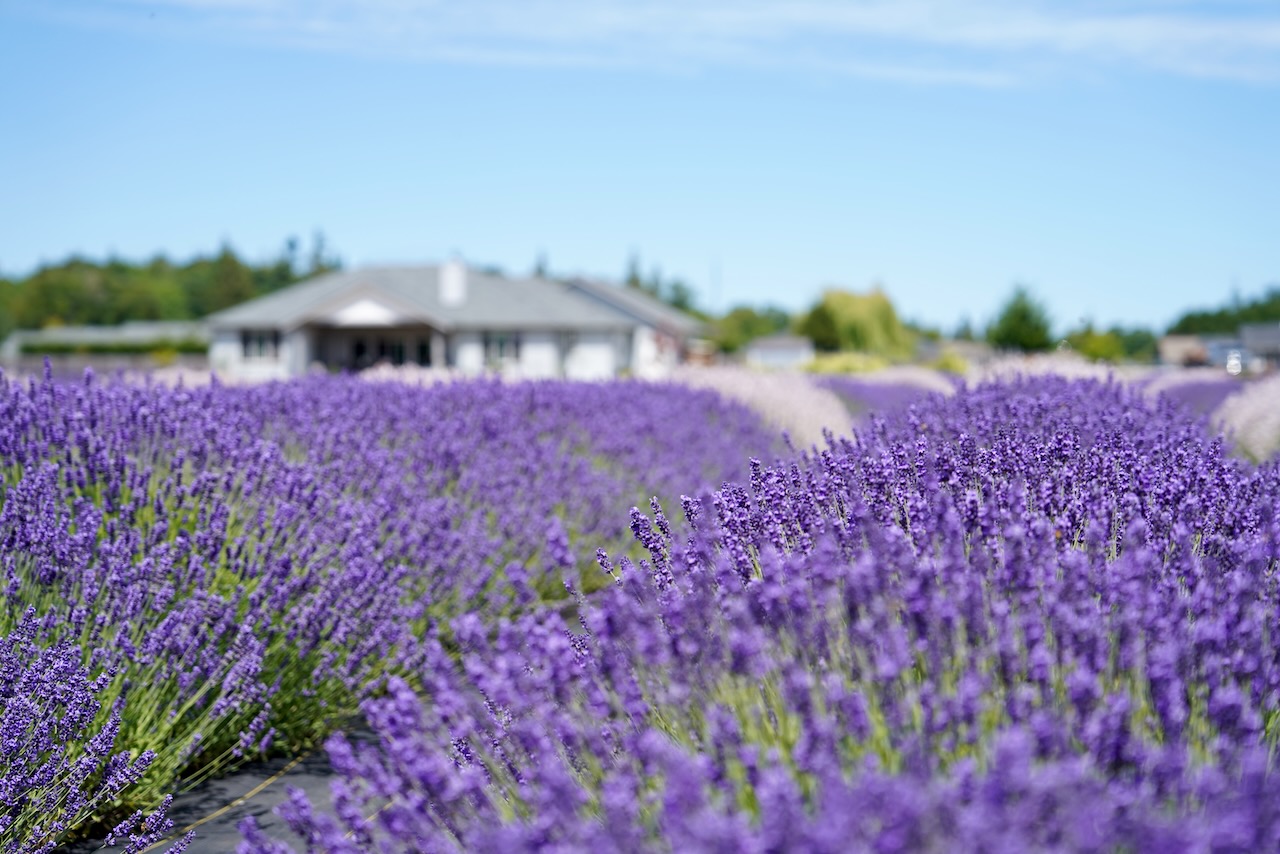I print out a fair amount of photos throughout the year. There are canvas prints that I opportunistically order on sale to hang up the stairs1; bigger posters that I frame and hang up in strategic locations around the house; photobooks that I order annually to capture each of our kids’ passing years. Initially, I’d bring along a Panasonic micro four-thirds camera for maximizing image quality, but over time the phone’s convenience won out, particularly as every generation drove camera improvements. Nowadays, I still lug around a Sony mirrorless full-frame camera2 to augment the phone for family & friends pictures—the prosumer camera is imposing enough that people let me camp in prime positions for group photos.
The justification for camera hardware upgrades is to capture family photos. These pictures are, by definition, one-of-a-kind, and making use of the latest lenses and sensors elevates the image quality so that they still look good years later3. Of course, portraitures aren’t the only type of photography; when armed with a nice digital camera, anything and everything around becomes prime shooting targets. Browse a pinned location in Google Maps, and its photos collection will feature tens if not hundreds of pictures of the same spots, possibly at the same angles, perhaps with a rotate cast of characters in acts of selfie indulgence.
With the advent of computational photography, even that last bit may be commoditized. Google’s Magic Editor works by cutting the individual out of the picture, and it fills out the rest of the background with AI—AI trained on exactly the hundreds of similar images taken of the same locale, and at the same angles. At the same time, photo services can already recognize individual people by analyzing photo albums, and that recognition then powers the ability to tweak minor things like closed eyes and suboptimal face exposure4. Give it a few more years, and none of us will be surprised if we end up compositing our photos layer by layer, where each layer of the foreground and background is refined and re-rendered by machine learning algorithms.
Perhaps this is mind-numbingly obvious to the Instagram generation, but the role of photography is more about triggering memories and flaunting status, than it is about capturing important events or aesthetic compositions. Professional photography still exists, but not only has the discipline been overwhelmed by the sheer quantity of photos captured on phones, there’s just less cultural appreciation and value placed on excellent photography—and AI is poised drive it further down still. Instead, in-as-far as there is innovation going into this field, it’s to enhance the ability to store and retrieve albums to relive the good times, and apps that make it ever easier to share media for social clout.
I was inspired by the set decoration from Modern Family, where family photos ran up the staircase.↩
Larger prints still suffer from limitations on phone lenses.↩
By comparison, early iPhone and Android phone photos were rough.↩
You can also pull a Samsung and take it to 11 by replacing the moon entirely.↩



